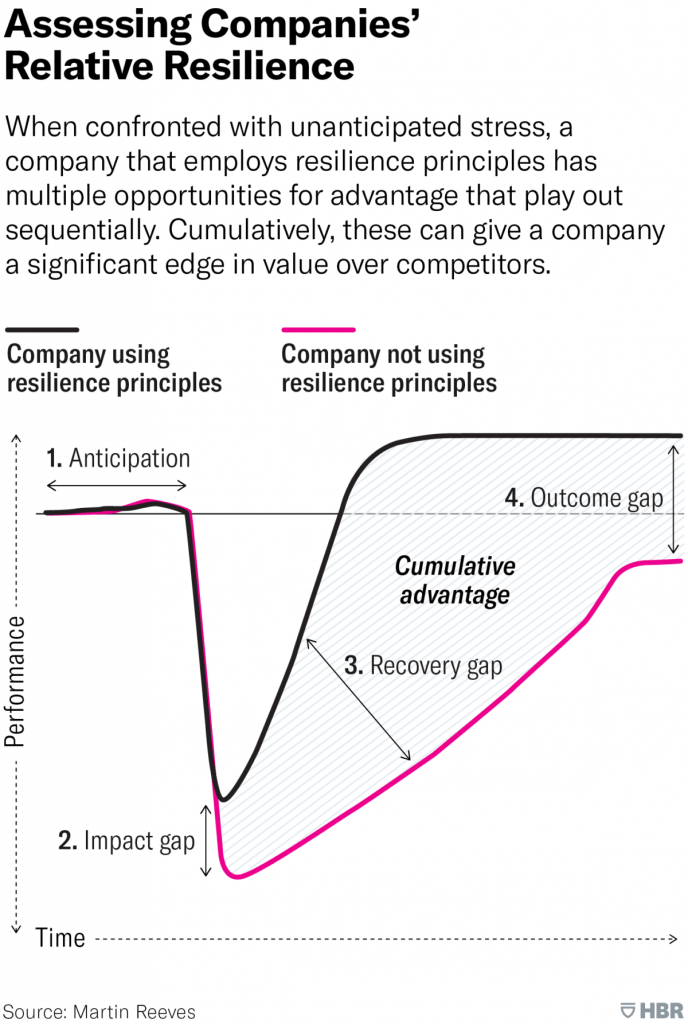
Building Resilient Systems For An Uncertain Future
In today’s fast-paced and unpredictable world, building resilient systems is critical to the success of any organization. Whether it’s natural disasters, cyber attacks, or global pandemics, disruptions can occur at any time and organizations must be prepared to respond quickly and effectively. In this blog, we’ll explore the importance of building resilient systems and provide insights into the strategies and technologies that organizations can use to prepare for an uncertain future.
What is Resilience?
Resilience refers to an organization’s ability to withstand and recover from unexpected disruptions. It’s the ability to adapt to changing circumstances and continue operating in the face of adversity. Resilient systems are designed to be robust, flexible, and able to recover quickly from disruptions.
Why is Resilience Important?
Resilience is important because disruptions can occur at any time and can have serious consequences for organizations. Disruptions can result in lost revenue, damage to reputation, and even the failure of the organization. By building resilient systems, organizations can minimize the impact of disruptions and recover quickly, reducing the risk of long-term damage.
Strategies for Building Resilient Systems:
- Distributed Architectures: Distributed architectures are designed to be resilient to failures by spreading workloads across multiple nodes. By distributing workloads, organizations can reduce the impact of failures and ensure that systems continue operating even if one node fails.
- Automated Failover Mechanisms: Automated failover mechanisms are designed to automatically switch workloads to a backup system if the primary system fails. By automating failover, organizations can reduce the time it takes to recover from a disruption and minimize the impact on users.
- Disaster Recovery Plans: Disaster recovery plans are designed to help organizations recover from major disruptions. They typically include procedures for restoring systems, data, and applications, as well as communication plans for keeping stakeholders informed.
- Redundancy: Redundancy refers to the duplication of critical components in a system. By duplicating critical components, organizations can ensure that systems continue operating even if one component fails.
- Cloud-Native Architectures: Cloud-native architectures are designed to be resilient by leveraging the scalability, availability, and reliability of cloud platforms. Cloud-native architectures are also typically designed to be modular and distributed, making them easier to maintain and update.
- Proactive Monitoring and Alerting: Proactive monitoring and alerting can help organizations detect issues before they become major disruptions. By monitoring systems in real-time and setting up alerts for potential issues, organizations can take action quickly to prevent disruptions from occurring.
- Testing and Simulation: Testing and simulation can help organizations identify potential vulnerabilities in their systems and develop strategies for responding to disruptions. By conducting regular tests and simulations, organizations can ensure that they are prepared for a wide range of scenarios and can respond quickly and effectively when disruptions occur.
- Collaboration and Communication: Collaboration and communication are essential for building resilient systems. By fostering a culture of collaboration and communication, organizations can ensure that all stakeholders are informed and engaged in the process of building and maintaining resilient systems. This can help to reduce the risk of miscommunication and ensure that everyone is working towards the same goal.
- Reducing Complexity: Complexity can be a major barrier to resilience. By simplifying systems and reducing complexity wherever possible, organizations can minimize the risk of failures and make it easier to respond quickly when disruptions occur.
- Continuous Improvement: Building resilient systems is an ongoing process. By continuously monitoring and improving systems, organizations can stay ahead of potential issues and ensure that their systems are always prepared for whatever the future may bring.

Building resilient systems is critical to the success of any organization in an uncertain future. By adopting strategies such as distributed architectures, automated failover mechanisms, disaster recovery plans, redundancy, and cloud-native architectures, organizations can minimize the impact of disruptions and recover quickly. As disruptions become more frequent and unpredictable, building resilient systems will become increasingly important for organizations of all sizes and industries. By adopting these strategies and continuously working to improve their systems, organizations can build resilient systems that can withstand even the most unexpected disruptions. In an uncertain future, resilience will be a key factor in determining which organizations thrive and which ones falter.


No Comments